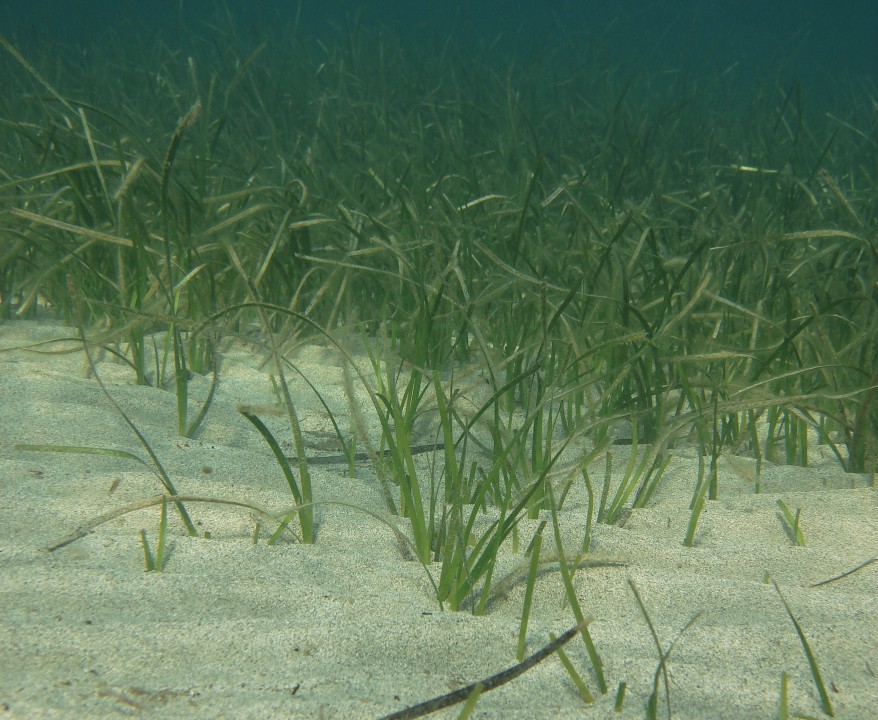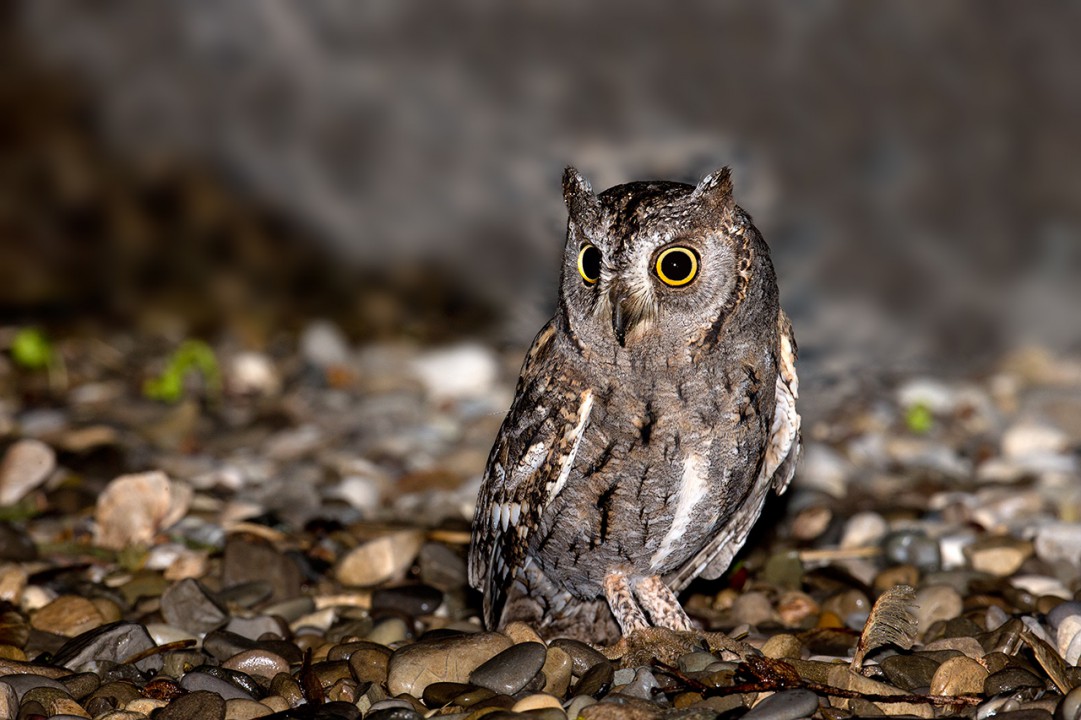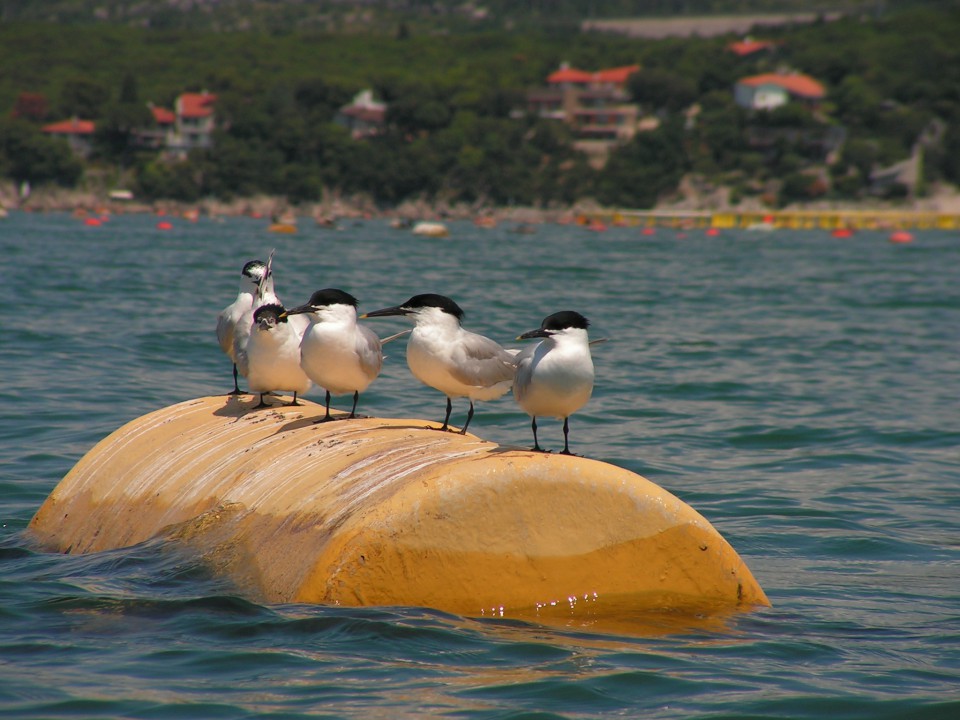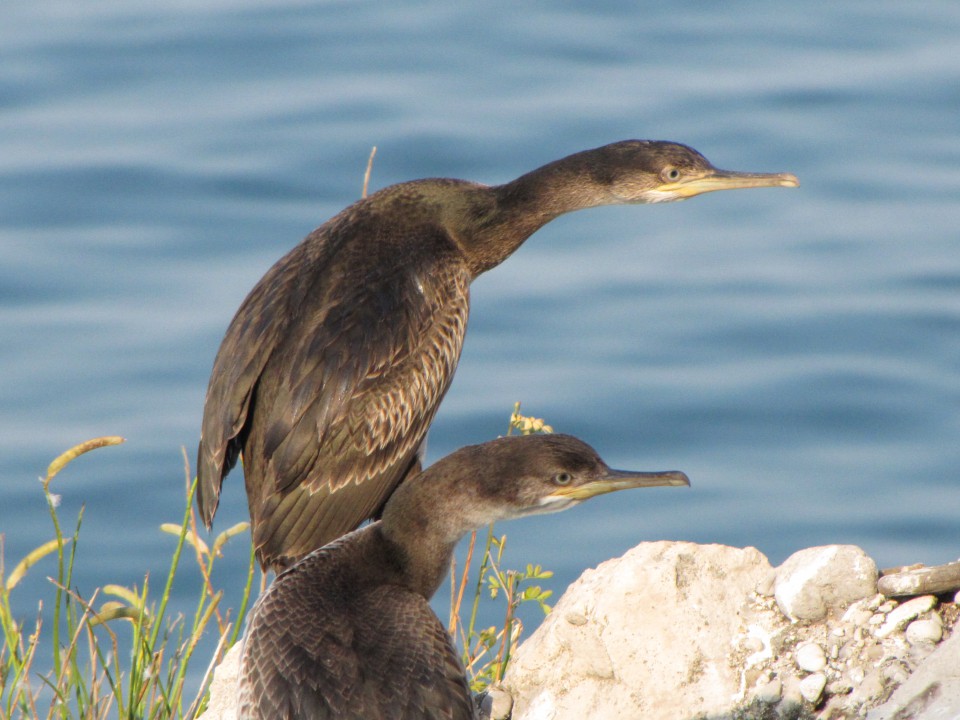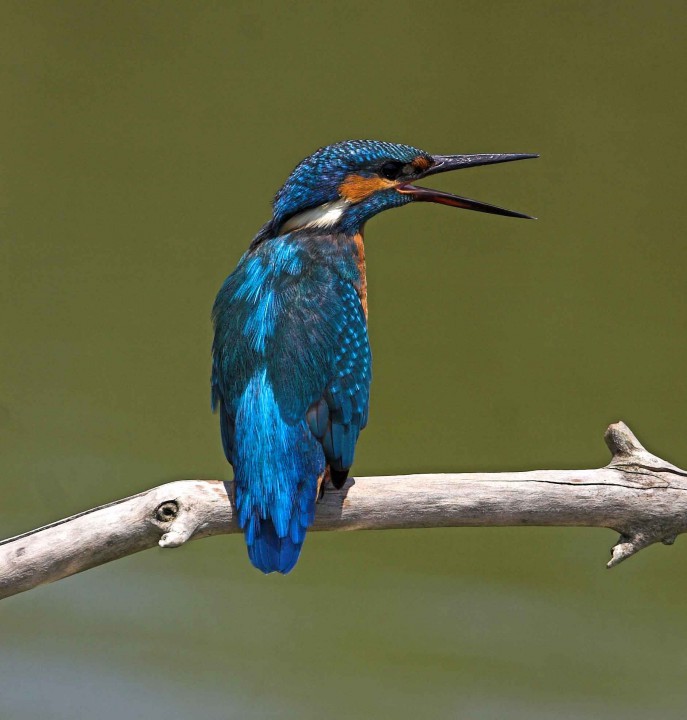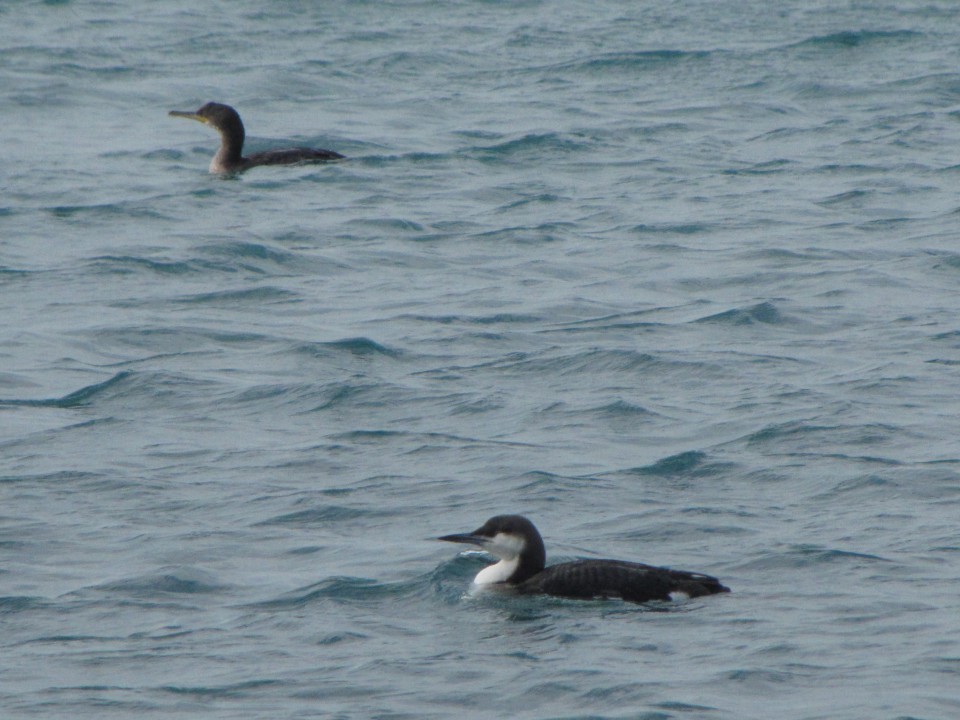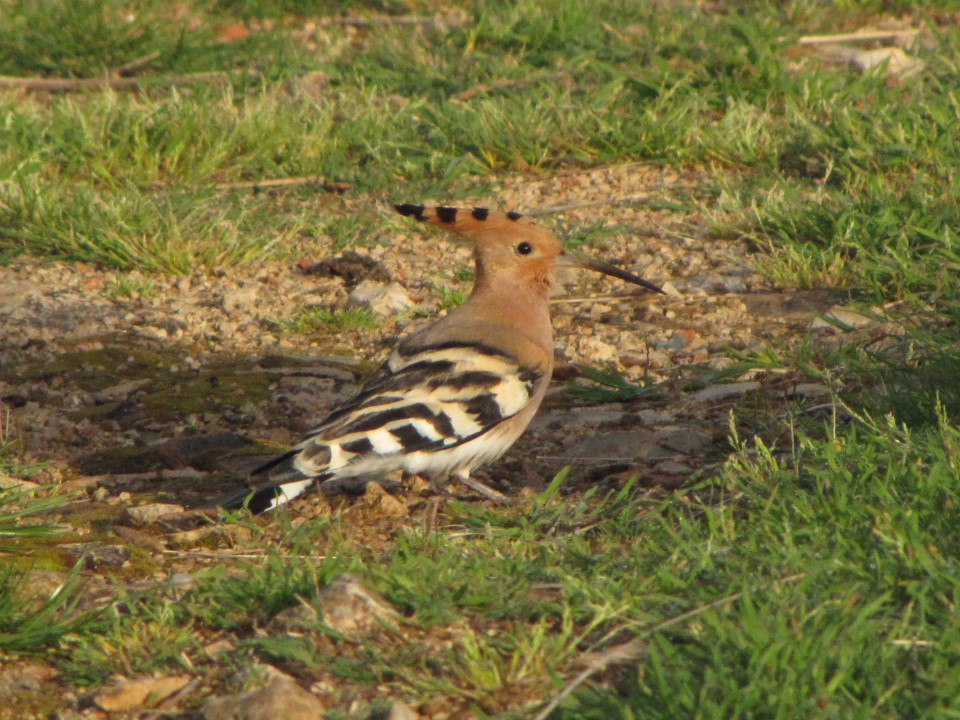
Descrizione
Dopo un miglio da Aurisina arriviamo al piccolo porticciolo di Canovella degli Zoppoli che ha ereditato il nome dallo “zoppolo“ (čupa in sloveno), antica imbarcazione utilizzata per secoli dai pescatori sloveni per gettare le reti ed usualmente tirate in secco sulla spiaggia dove oggi sorge il porticciolo realizzato nel 1953 dalle truppe anglo-amaricane. Gli “zoppoli“ sono imbarcazioni monossili lunghe circa 7 metri, scavate da un solo tronco d'albero, spinte abitualmente da due remi lunghi 6 metri e fissati a forcole poste su una traversa; sono state utilizzate fino al 1947. L'area nel passato era caratterizzata da qualche piccolo magazzino vicino alla riva, da ampi terrazzamenti coltivati e da un ripido sentiero che ancor oggi permette di raggiungere Aurisina (sentiero dei pescatori - Ribiska pot). L’approdo veniva usato nell’antichità per il carico della pietra bianca proveniente dalle cave romane di Aurisina.
Pescato
Piccolo pesce pelagico, gregario e migratore: vive in vastissimi banchi, anche frammisti ad altre specie come sardine e papaline, in acque profonde...
È una specie eurialina quindi presente in mare aperto, in acque salmastre, ed in acqua dolce. In mare gli esemplari si incontrano...
Il cefalo volpina fa parte della famiglia Mugilidae, che conta circa un’ottantina di specie di acqua dolce e salata. Il cefalo Volpina è una...
L’orata è un pesce osseo di mare e di acque salmastre, appartenente alla famiglia Sparidae. Il nome deriva dalla caratteristica striscia di color...
Il Sarago maggiore detto anche Reale, è la specie di sarago più diffusa, abbondante su qualsiasi fondale, sabbioso e roccioso, del Mediterraneo....
Lo sgombro, lungo circa 25-30 cm, è un tipico pesce azzurro, predatore onnivoro dal corpo affusolato e dalle abitudini pelagiche e gregarie. La sua...
La sogliola è un pesce piatto dal corpo ovale e molto compresso. La testa è piccola ed il muso è arrotondato. La bocca, piccola ed arcuata, è...
Vegetazione
Frequente in mare e nelle lagune, come la zoster ella forma estesi popolamenti molto importanti per la fauna ittica e gli uccelli acquatici.
Specie alofila non è presente sulle barene ma sulla costa rocciosa e sulle opere portuali quali moli e dighe anche in zona lagunare.
Specie di quercia sempreverde, è il principale costituente della macchia mediterranea e localmente si trova tra il Timavo e Miramare e nei...
Specie di origine nordamericana diffusa nelle zone coltivate e lungo I fiumi. Utilizzata per paleria e legna da ardere.
Tradizioni
La pesca del tonno lungo questo tratto di costa può considerarsi unica per la singolare conformità orografica del Carso, che...
Sono le tipicissime rivendite private di vino e salumi e formaggi distribuite su tutto il Carso Triestino e goriziano segnalate da un ramo di...
Nella seconda metà dell’Ottocento l’Adriatico austriaco era suddiviso in 8 Circondari marittimi e Trieste era uno di questi; la...
Ambienti
Il Carso è un altipiano allungato in direzione SE– NW, leggermente in discesa verso occidente. La parte orientale presenta infatti...
Per sfruttare la benefica influenza del Mediterraneo da secoli la costiera triestina è stata modellata per poter coltivare sulle ripide...
Le mitilicolture, che da oltre 40 anni fanno parte del paesaggio costiero triestino, con i loro sistemi galleggianti molto vistosi costituiscono...
Le pinete artificiali a pino nero sono state piantate a partire dal 1842 e costituiscono ormai un elemento importante del...
Le particolari condizioni microclimatiche che si vengono ad instaurare lungo la Costiera triestina, dipendenti dalle bianche rupi calcaree che...
Uccelli
cm 19-21, sessi simili. Esiste una forma grigia ed una rossastra. E’un piccolo gufo con ciuffi auricolari ed un canto caratteristico ed ...
cm 37-43, sessi simili, grigio chiaro superiormente, bianco nelle parti inferiori, con calottina nera con ciuffo sulla nuca e becco nero con apice...
cm 10,5-12 - sessi simili. Bruno grigia con evidente ciuffo. Presente tutto l’anno nelle pinete del Carso comprese le falesie di Duino e il parco...
cm 10-11.5, sessi simili. Piccola cincia con caratteristica chiazza bianca sulla nuca. Presente tutto l’anno è legata per la nidificazione alle...
cm 77-94, sessi simili. Come pellicani e sule ha le 4 dita congiunte dalla membrana natatoria. Specie presente tutto l’anno, aumenta notevolmente...
cm 35-39, sessi simili. A febbraio veste il cappuccio bruno scuro dell’abito nuziale che poi perde in luglio-agosto. Presente tutto l’anno...
cm 37-40, sessi simili. Rispetto al gabbiano comune ha il becco più massiccio e rosso corallo, la testa nera-durante la nidificazione- e le punte...
cm 52-58, sessi simili. Grigio superiormente, bianco inferiormente. Presente tutto l’anno e nidificante abbondante in laguna, sui tetti di Trieste...
cm 40-46, essi simili. Ricorda un gabbiano reale di minori dimensioni. Presente da novembre ad aprile, numerosa in alcuni inverni, Frequenta il mare,...
cm 68-78, sessi simili. Il breve ciuffo è presente negli adulti in inverno e inizio primavera. Presente tutto l’anno diviene raro in inverno e...
cm 17-19, sessi simili. Azzurro superiormente, rosso inferiormente con grande becco scuro e coda molto corta che in volo lo fanno sembrare un...
cm 13-14, maschio con testa nera ed occhio rosso, femmina bruna con testa grigia. Presente tutto l’anno, nidifica in ambienti caldi litoranei con...
cm 21-23, il maschio è blu con ali nerastre mentre la femmina è bruna. Presente tutto l’anno, raro come svernante. Nidifica sulle falesie della...
cm 18-20,5 bruno chiaro superiormente. bianco sulle parti inferiori. Le ali hanno una sottile barra chiara e vengono spesso bloccate brevemente nel...
cm 48-56, sessi simili, piumaggio molto variabile, in genere bruna con chiazze chiare. Presente tutto l’anno, più numerosa anche in laguna durante...
cm 17-21, sessi simili. Nera superiormente, gola rossa e ventre biancastra. Presente da marzo-aprile e settembre-ottobre, Nidifica sotto manufatti...
cm 20-23, sessi simili. A differenza del nerastro Rondone comune Apus apus, il maggiore è bruno superiormente con ventre e gola bianche. Presente da...
cm 52-58, maschio con testa verde scuro e collarino bianco, femmina con testa rossastra. Presente durante lo svernamento è frequente durante la...
cm 34-37, sessi simili. Grigia chiara superiormente bianca nelle parti inferiori, con calottina nera e becco rosso. È la classica rondine di mare...
cm 63-75, sessi simili. D’inverno il piumaggio è grigio scuro superiormente, biancastro inferiormente Il becco è più massiccio e tenuto...
cm 55-67, sessi simili. Durante l’inverno ha un piumaggio grigio, biancastro inferiormente. Presente d’inverno in mare e nelle zone più profonde...
cm 46-51, sessi simili Grigio superiormente, biancastro inferiormente, nell’abito nuziale mostra evidenti ciuffi sul capo e guance. Presente tutto...
cm 28-34, sessi simili. Grigio e biancastro d’inverno, veste il collo nero ed un ciuffo giallo dietro l’occhio rosso a marzo. Presente da agosto...
cm 25-29, sessi simili, piumaggio arancio barrato di nero, cresta erettile sul capo, volo sfarfallante. Presente da aprile a settembre ed è...








